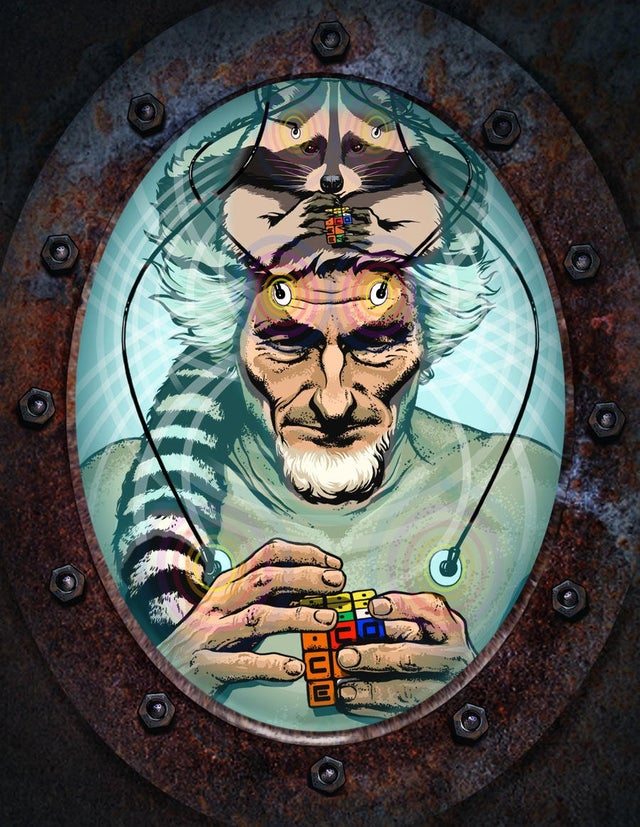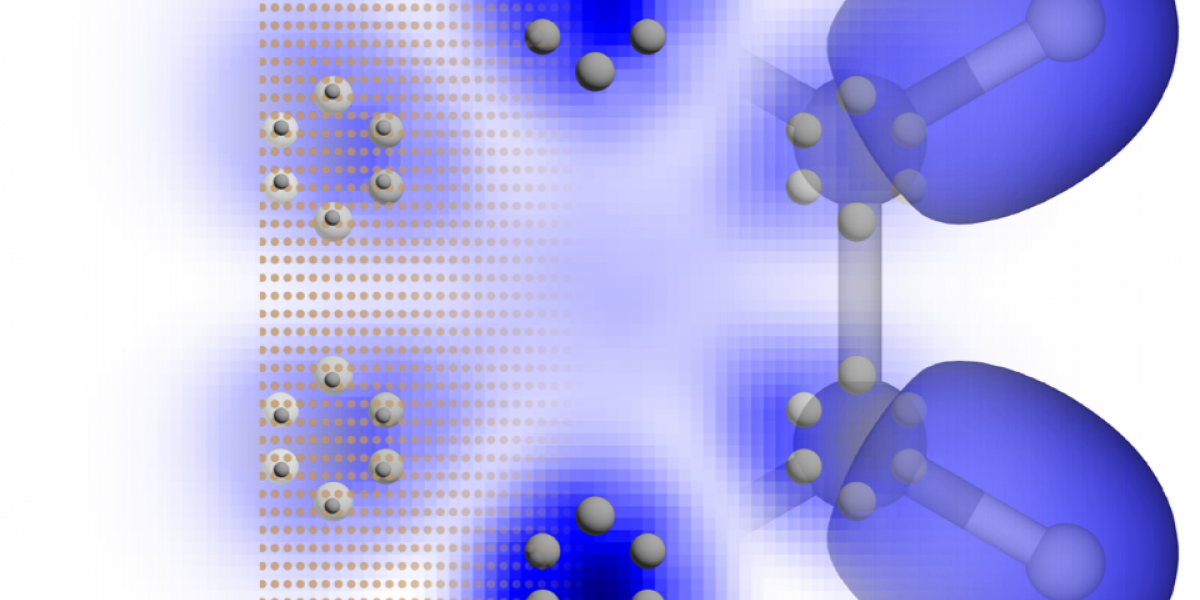I feel like this is bigger news than the attention it will get… Can someone eli5?
Well, the biggest development over the last year was the organ on a chip. Literally will be more influential than CRISPR. Not only will it slash drug research cost and make it exponentially faster to get to pharmacies, it also will make mice/rat testing pointless. Down the line we’ll have a human body on a chip for testing as well as be able to print organs for patients using their DNA, so no wait times or risk of rejection!
This article covers a method to produce organic molecules (organic = carbon based) allowing for drugs with high risk factors only used as a last resort to be used earlier by reducing the symptoms. Additionally, with AI generating new proteins and drugs we’ve never seen before, this development will allow scientists to produce them quickly, plus the organ on a chip can test them to ensure it’s safe for human consumption or specifically identify the issue so it can be corrected.
Sounds too good to be true. What’s the catch?
It’s the very first starting point. Benzene is far away from real drug molecules most of the time (some are quite simple though like paracetamol). I think the real challenge will be too extended this to three dimensions. Their technique involves trapping atoms on metal surfaces which will be hard pressed to simulate three dimensional structures.
I deeply appreciate your cautious optimism but we’re living in the most advanced times ever. Breakthroughs do only imply the job was done but doesn’t mean it’s ready for wide spread use. It could have issues with certain elements and structures or have a wide range of error. Yet, the fact it’s been done means there’s a solid platform to work from moving forward.
Hope is hard to come by these days, gotta cherish wins like these. :)
I skimmed through the linked science article. It seems like authors arranged cesium atoms on a metal surface to create localised molecular orbitals on the surface that were similar to orbitals in benzene.
It seems you can essentially simulate what an electron would do in a benzene like system. I don’t think it will be a strict 1 to 1 correspondence though, but rather a sort of abstract equivalent in terms of structure and symmetry.
I love OChem and Biology, even help teach the topics. The fact is, structure equals function. So if it’s functional in a different manner, there must have been structural changes. If the metal surface allows for it and then the same reaction doesn’t occur when it’s removed, classifying this as a breakthrough is a strech at best.
In the human body, ATP production requires a metal ion to shield a part of the mechanism to ensure the correct product as the output. As long as the metal surface functions similarly, we’ll have made benzene and not just force the function temporarily.
Glad to meet other people interested in stem :) I’m a physicist who used to work in quantum chemistry (not anymore though sadly).
It is impossible to reproduce the wavefunction of a molecule in another molecule. Even the addition of a single hydrogen or electron changes the wavefunction. What you call molecular orbitals of benzene are the approximate solutions of stationary state Schrodinger equation that have somewhat fixed energy. They even change during the course of a reaction.
It is impossible to recreate that without the exact same molecule. Instead what the authors have done is to reproduce something that has similar shape and symmetry as the homo/lumo of benzene. It will never react like benzene. Instead what it will do is to let us study how an electron would behave on benzene using all the awesome tools you have available for surfaces which is pretty amazing.
Great point, I wish everyone understood how applied physics is chem and applied chem is bio. As this allows for dissection of events.
tea. earl grey. hot.
I’m just waiting for them to
play gangnam stylereinvent the higgs-boson particle so we can escape to a new reality.





